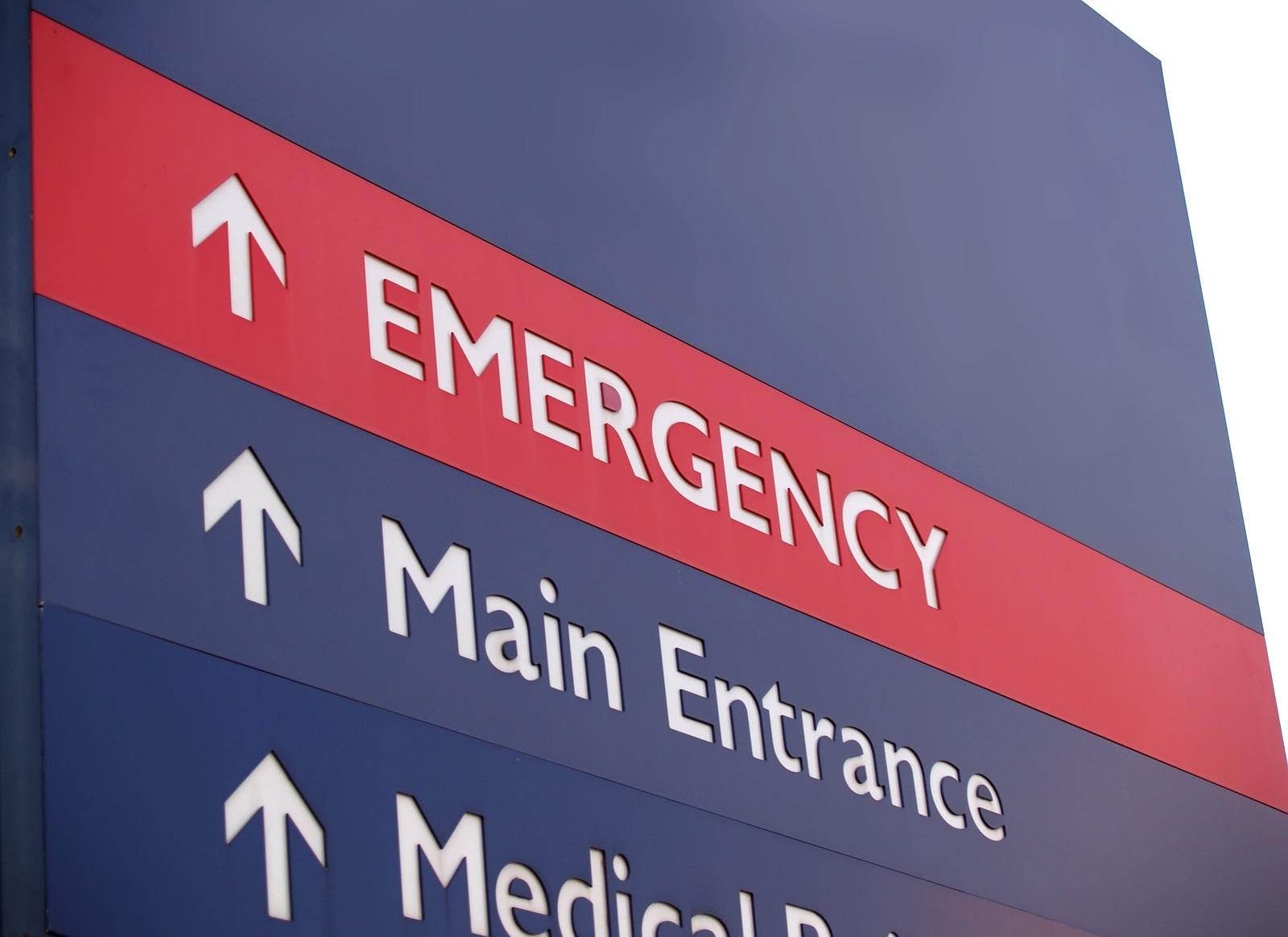
Alcohol Frequent Attenders in Emergency Departments: An Unexplored Patient Population
70% of people attending accident and emergency (A&E) departments at the weekend have alcohol-related issues (40% during the week), and alcohol-related admissions to hospital account for 78% of NHS expenditure on alcohol misuse [1]. Reducing alcohol-related hospital admissions is a key target for Public Health and the NHS in England. Whilst some A&E presentations are a one-off, there exists a patient subgroup who repeatedly present at A&E, known as alcohol frequent attenders (AFA’s). This subgroup are a small proportion of people that account for a disproportionate level of A&E use and associated NHS resources [2].

What is an AFA?
Despite a growing need to address the issue of alcohol in the A&E department, research has been limited and there is no single definition of an ‘AFA’. Researchers have typically defined a ‘frequent attender’ by the number of presentations a patient makes at A&E over a given time period, but this has ranged from 5 to 12 presentations per annum [2-5]. Furthermore, there is no consensus on how best to identify and manage this group [6].
What do we know about AFAs?
A briefing report from the Health Innovation Network (HIN) in March 2015 provided a comprehensive overview of the characteristics and associated issues relating to AFAs:
- AFAs are a complex client group characterised by poor physical and mental health who have high mortality rates [2].
- They are often homeless or at risk of being so[4].
- The majority are male (66%) with an average age of 55 years [7].
This group is typically socially isolated and has high levels of unmet social needs limiting their ability to engage in interventions and manage their health [7]. AFAs have high but incomplete and sporadic use of a variety of different health services.
Managing AFAs
There has been limited success in efforts to reduce numbers of AFAs, but the most promising evidence suggests a multidisciplinary approach including primary care providers, psychiatric services, social care, chronic pain services, alcohol and drug services and local ambulance services. Assertive outreach and engagement programmes support patients at home and in their community rather than asking them to come to a clinic, hospital or treatment centre. Assertive outreach is well established in mental health services and shows promise for alcohol dependent patients. For example, the assertive community treatment for alcohol dependence (ACTAD) study, using a similar model focusing on frequent community contact, building relationships and managing social, physical and mental health issues, demonstrated reductions in alcohol consumption, A&E and hospital admissions in patients referred from specialist alcohol services [8]. Variations of this model are currently used by a small number of services (for example the Salford alcohol assertive outreach team).
Based on a review of the evidence for these existing projects the HIN Briefing report recommends an assertive outreach model approach for tackling the problem of AFAs including:
- An assertive and case-managed approach with the input of multiple services
- A focus on gradual change
- Priority addressing social needs
- Address physical and mental health needs
- Practical support in attending appointments
- Personalised budgets as an incentive for engagement
- Engaging with clients at every opportunity
Current projects and moving forward
AFAs are a patient group that have received minimal attention within the alcohol research field and consequently, little is known about their characteristics as a subgroup of patients, nor the best ways to treat them. However, attention is beginning to be paid to the issue, with resources and funding being made available to researchers. For example, the alcohol theme of the CLAHRC in South London is currently in the process of setting up an assertive outreach programme for AFAs and will be evaluating its effectiveness in a randomised controlled trial and well as conducting interviews with both A&E staff and patients identified as AFAs in order to gain insight into the characteristics of this patient group.
References
1. Department of Health, The Cost of Alcohol Harm to the NHS in England. 2008, London: Department of Health.
2. Hunt, K.A., et al., Characteristics of frequent users of emergency departments. Annals of emergency medicine, 2006. 48(1): p. 1-8.
3. Helliwell, P., P. Hider, and M. Ardagh, Frequent attenders at Christchurch Hospital’s emergency department. The New Zealand Medical Journal, 2001. 114(1129): p. 160-161.
4. Mandelberg, J.H., R.E. Kuhn, and M.A. Kohn, Epidemiologic analysis of an urban, public emergency department’s frequent users. Academic emergency medicine, 2000. 7(6): p. 637-646.
5. Alcohol Concern. Working with change resistant drinkers: The project manual. 2014; Available from: http://www.alcoholconcern.org.uk/wp-content/uploads/2015/01/Alcohol-Concern-Blue-Light-Project-Manual.pdf.
6. Ward, D., et al., A multi-centre survey of inpatient pharmacological management strategies for alcohol withdrawal. QJM: An International Journal of Medicine, 2009. 102(11): p. 773-780.
7. Byrne, M., et al., Frequent attenders to an emergency department: a study of primary health care use, medical profile, and psychosocial characteristics. Annals of emergency medicine, 2003. 41(3): p. 309-318.
8. Gilburt H, Burns T, Copello A, Coulton S, Crawford M, Day E, Deluca P, Godfrey C, Parrott S, Rose A, Sinclair J, Wright C & Drummond C (2012) Assertive Community Treatment for Alcohol Dependence (ACTAD): Study Protocol for an Exploratory Randomised Controlled Trial. BMC Trials, 13: 19
The opinions expressed in this post and podcast reflect the views of the author(s) and do not necessarily represent the opinions or official positions of the SSA.
The SSA does not endorse or guarantee the accuracy of the information in external sources or links and accepts no responsibility or liability for any consequences arising from the use of such information.